Tech
Sign up for our newsletter
We summarize the week's scientific breakthroughs every Thursday.
-
 Materials Science
Materials ScienceSmart windows could block brightness and harness light
A new type of material pulls double-duty as window shade and solar cell.
-
 Physics
Physics50 years on, nuclear fusion still hasn’t delivered clean energy
In 1968, scientists predicted that the world would soon use nuclear fusion as an energy source.
-
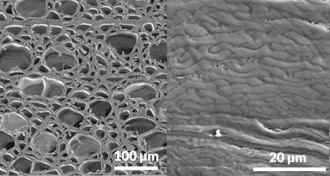 Materials Science
Materials ScienceSuperdense wood is lightweight, but strong as steel
New superdense wood could be a more lightweight, environmentally friendly alternative to current construction materials.
-
 Artificial Intelligence
Artificial Intelligence‘Machines That Think’ predicts the future of artificial intelligence
In a new book, an artificial intelligence expert explores AI’s past, present and future.
-
 Materials Science
Materials ScienceNew textile weathers temperature shift
Reversible textile keeps skin at a comfortable temperature with thin layers of carbon and copper.
-
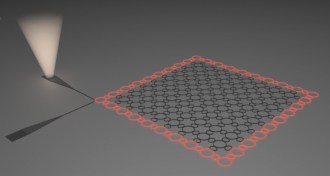 Tech
TechNew laser emits a more stable, energy-efficient light beam
A new type of laser could emit more stable, energy-efficient light beams than its conventional counterparts.
-
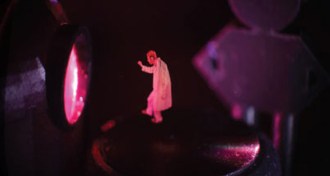 Tech
TechLasers trace a new way to create hovering hologram-like images
Hovering 3-D images pave the way for futuristic displays that could be used for education or entertainment.
-
 Computing
ComputingYour phone is like a spy in your pocket
Smartphones’ powers of perception make them more user-friendly and efficient. But they also open new opportunities for privacy invasions.
-
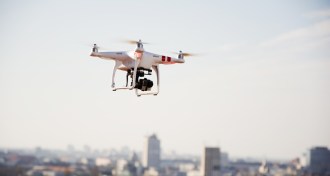 Tech
TechNew technique could help spot snooping drones
There may be a new way to tell if a drone is creeping on you or your home.
-
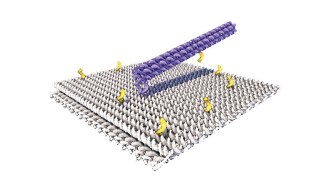 Life
LifeA robotic arm made of DNA moves at dizzying speed
A DNA machine with a high-speed arm could pave the way for nanoscale factories.
-
 Astronomy
AstronomyPollution is endangering the future of astronomy
Astronomers discuss multiple threats from pollution that will make it harder to observe the night sky.
By Dan Garisto -
 Microbes
MicrobesA new gel could help in the fight against deadly, drug-resistant superbugs
An antibacterial ointment breaks down the defenses of drug-resistant microbes such as MRSA in lab tests.